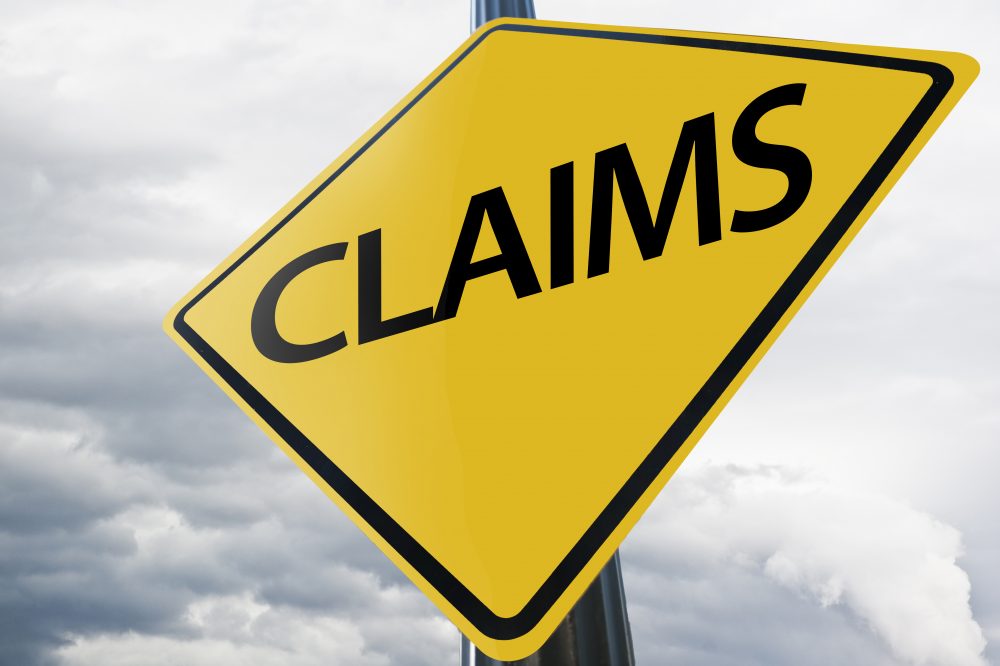
28 Jan Claims Handling – A Significant E&O Issue
When looking at the various issues generating E&O claims in the E&O Plus program, many agencies are surprised that claims handling is the No.2 cause of E&O claims. When agencies handle customer claims, there are a number of areas where things can go wrong.
Determine your role. A good place to start is to determine what role your agency wants to play in the handling of claims. Are claims to be reported direct to the carriers or is your agency looking to essentially play an advocacy role? Quite possibly, this will vary based on the type of business. Bottom line, the goal should be to consistently handle claims professionally and promptly.
Know your role. To the surprise of many, agencies do not have the authority to approve or deny a claim. Technically, these are carrier roles and that position should be respected and honored. Since you may want to give your client a warm and fuzzy feeling that the claim is covered, many agencies use a statement such as, “While I have every reason to believe the claim is covered, I do not have the authority to approve the claim. I will report the claim and advise you as soon as I hear anything further.”
Check all possible policies that could provide coverage and put those carriers on notice. Take for example, an employment practices allegation / claim. The client may have an EPL policy so that carrier should be put on notice. The client may also have a D&O policy that could provide some element of coverage, and possibly some coverage under the package / BOP policy – and there may be others. So, there is definitely the potential that there could be multiple policies that have some degree of coverage for any given claim. A good best practice is to advise all applicable carriers. This will give them the opportunity to conduct their discovery on the matter. The end result may be a declination, but your agency is protected since you have officially put the particular carriers on notice. In addition, even though you may believe the claim will be denied, every agency can tell a story about a claim they thought would be denied that ended up being paid.
Putting excess carriers on notice. To continue on the message about reporting claims, a good best practice is to put all excess or umbrella carriers on notice. It is often difficult to determine the potential of an underlying claim as to whether it may exceed the limits of the underlying coverage. When a claim is submitted to your agency, make it a practice to put all excess carriers on notice. If the underlying and excess carriers are with the same carrier and an underlying loss occurs, it is highly recommended that the agency take the official position of automatically putting the umbrella carrier on official notice at the same time as the underlying loss is reported.
Claims handling is an area that can provide the agency with a solid reputation, but it is also an area that has been known to cause some problems. Following basic best practices should minimize the potential for an E&O claim to develop.


